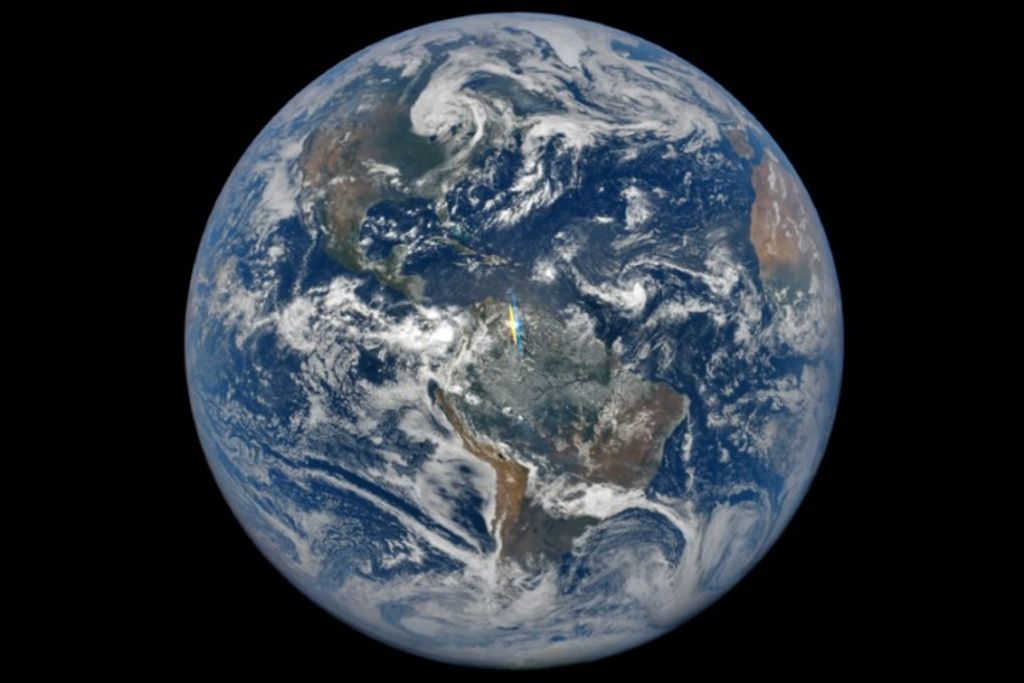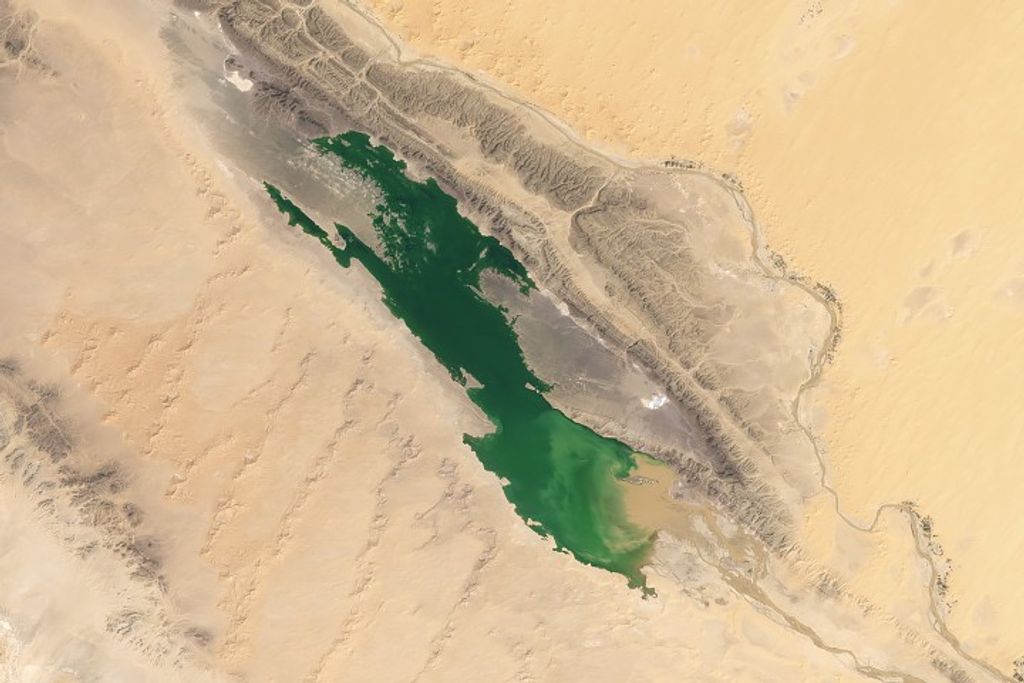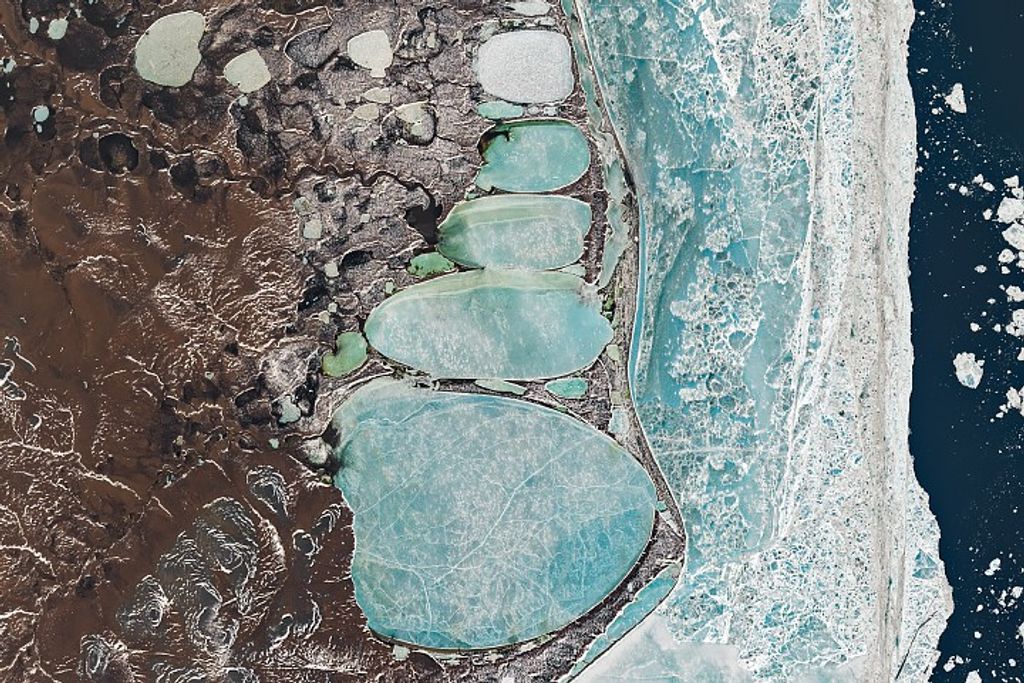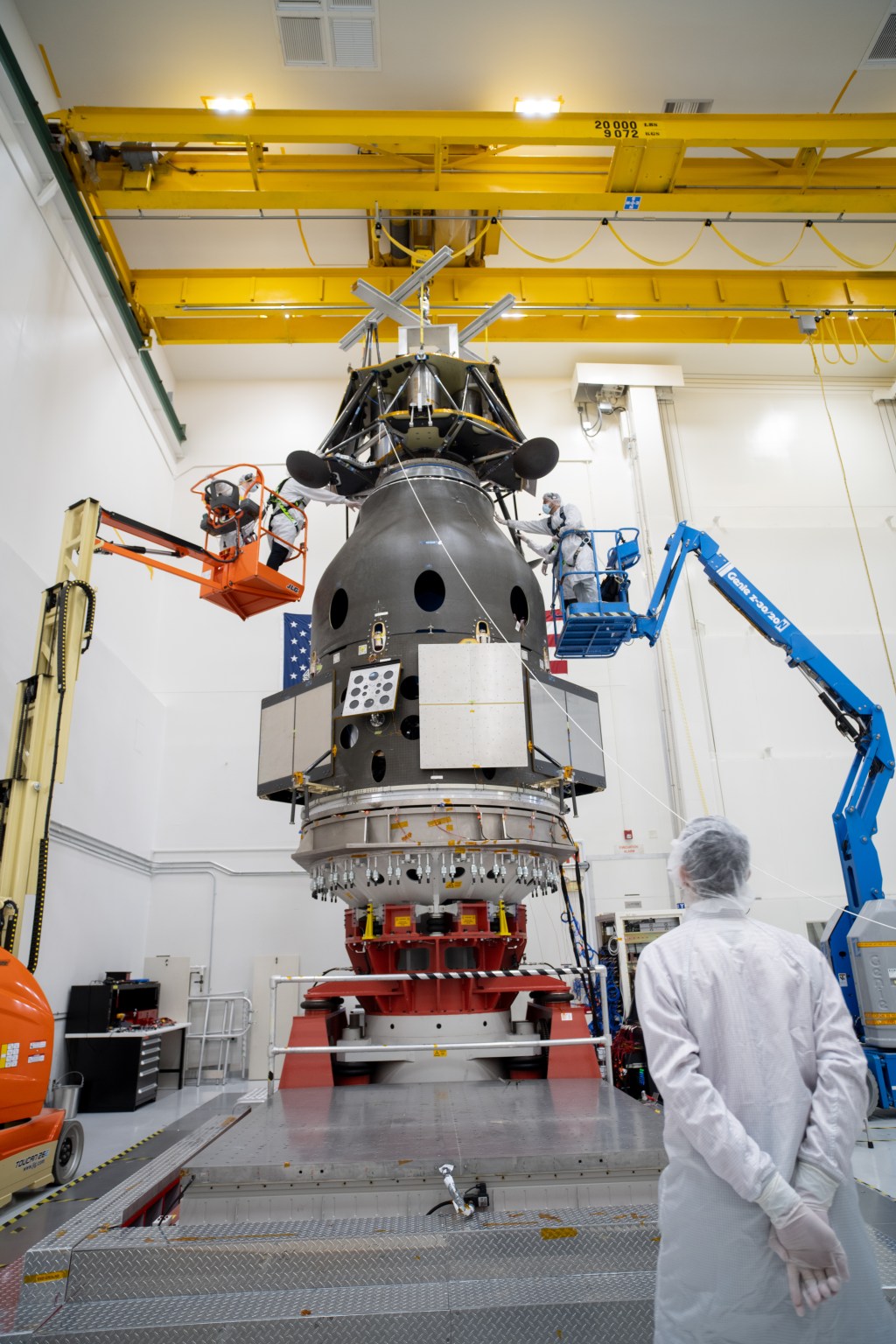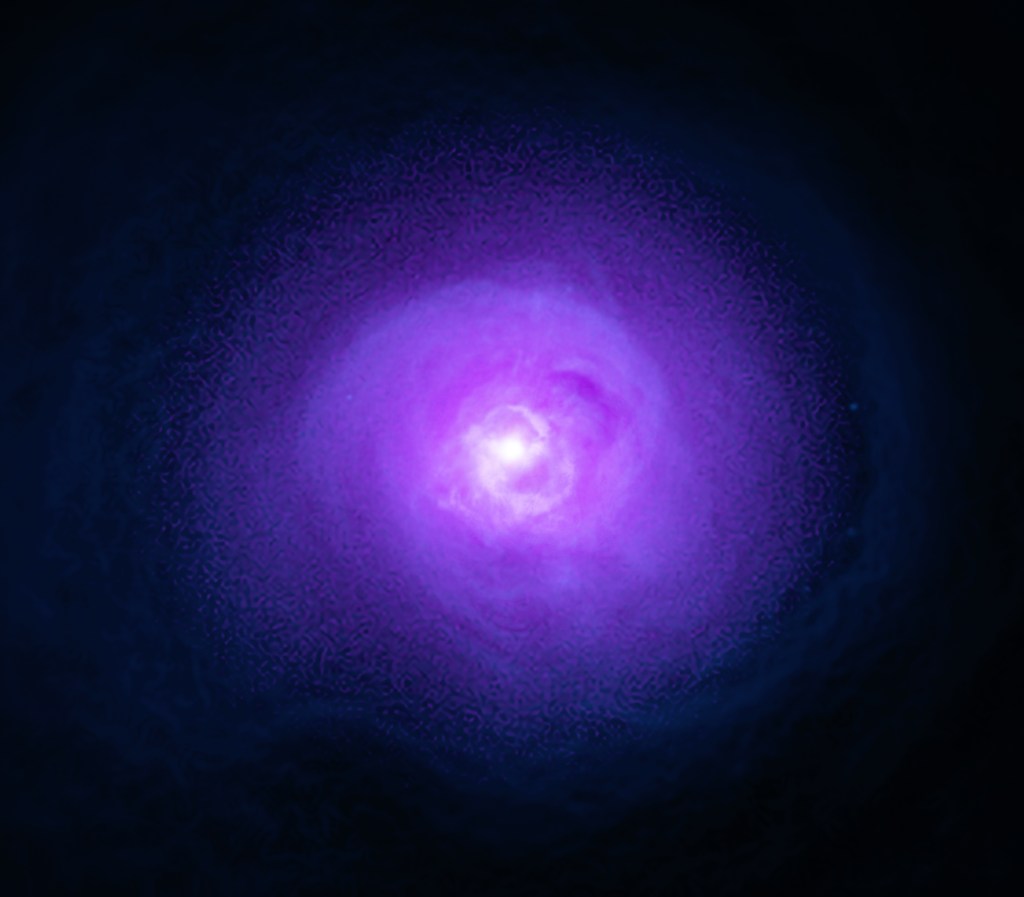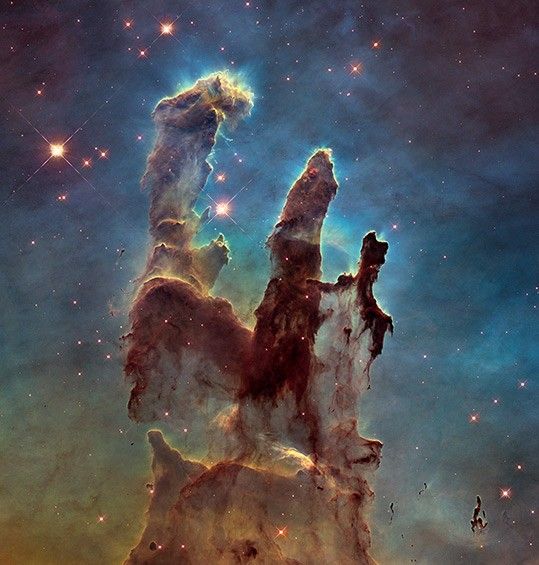1 min read
Illustration of Asteroid Belts

The main asteroid belt lies between Mars and Jupiter, and Trojan asteroids both lead and follow Jupiter. Scientists now know that asteroids were the original "building blocks" of the inner planets. Those that remain are airless rocks that failed to adhere to one another to become larger bodies as the solar system was forming 4.6 billion years ago.
Extended Description and Image Alt Text
Extended Description
This simplified, square illustration has a medium-blue background dotted with white stars shown in various sizes, most as pinpricks.
Starting from the center and moving outward: At the very center is the Sun, which is slightly larger and yellow. Large thin, white circles trace the orbits of planets and asteroids that orbit the Sun.
A total of five planets are depicted and labeled in white, and follow white circular orbits. Mercury is the closest to the Sun, followed by Venus, Earth, and Mars. All of the planets’ dots are approximately the same size as the Sun, which are not to scale.
A wide, open circle with a lighter blue interior appears just outside the orbits of those four planets. This is labeled “Main Asteroid Belt.” It has dark blue dots throughout, some similar in size to the Sun and planets, and others smaller.
Outside this region, the same medium-blue background dotted with white stars appears again. A thin, white circle representing Jupiter’s orbit appears toward the edges of the graphic. The label “Jupiter” appears next to a white circle that represents the planet at the top of the graphic. This dot is the same size as the other planets.
To the right and left of Jupiter’s orbit are yellow banana-shaped regions with blue dots. The yellow regions appear only toward the top left and top right. They are labeled “Trojan Asteroids.” The blue dots within these yellow areas are slightly smaller than the largest dots in the Main Asteroid Belt.
Image Alt Text
A square illustration of our solar system from above, with the Sun at the center, out to the orbit of Jupiter.
- Release DateFebruary 25, 2021
- Science ReleaseComet Makes a Pit Stop Near Jupiter’s Asteroids
- CreditIllustration: NASA, ESA, Joseph Olmsted (STScI)
Related Images & Videos

Trojan Asteroid 2019 LD2
Hubble Spots Vagabond Comet Near Jupiter's Asteroids NASA's Hubble Space Telescope snapped this image of the young comet P/2019 LD2 as it orbits near Jupiter's captured ancient asteroids, which are called Trojans. This icy object is the first comet astronomers have spotted near...
Share
Details
Claire Andreoli
NASA’s Goddard Space Flight Center
Greenbelt, Maryland
claire.andreoli@nasa.gov
NASA, ESA, Joseph Olmsted (STScI)








